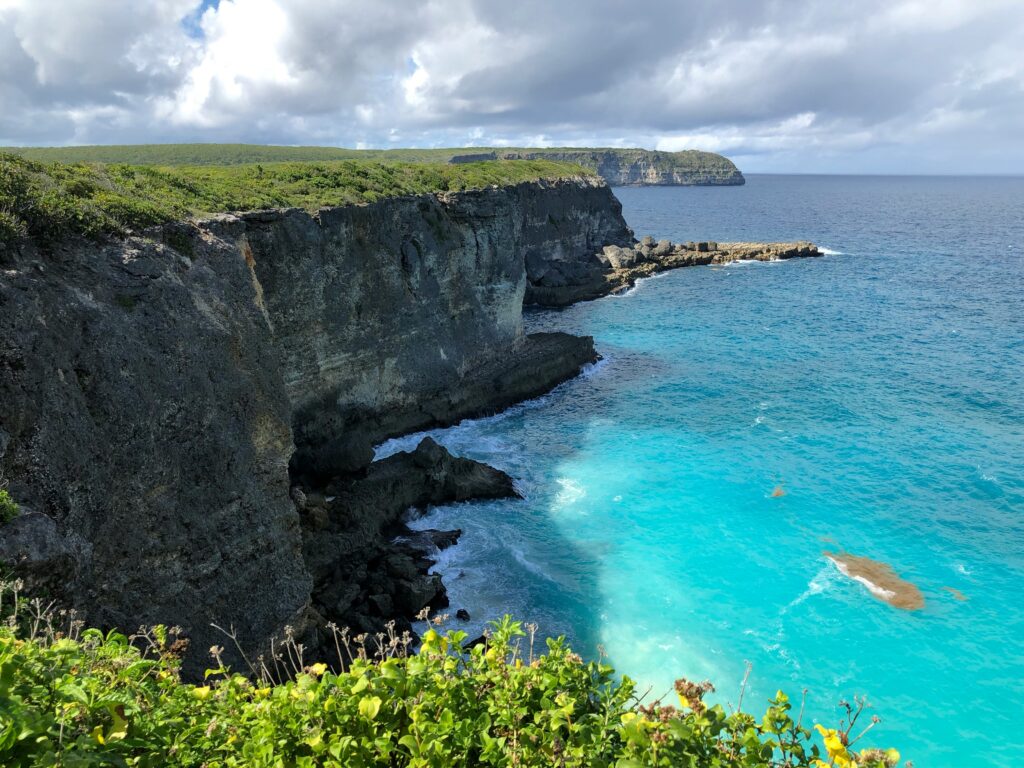
Understanding Sargassum Seaweed
So, let’s dive right in. Sargassum seaweed is a type of brown algae that has captured attention across the Caribbean, including our beloved Guadeloupe. This plant often drifts in thick mats, floating on the ocean’s surface, and while it plays a vital role in marine ecosystems, in excess, it can become a real nuisance for beach lovers. You might have heard about its seasonal patterns before. In fact, it often peaks during the warmer months. But is it really affecting Guadeloupe’s beaches this month?
Current Situation in Guadeloupe
Here’s the deal: as of this month, Sargassum seaweed is back in the spotlight. Reports indicate that various beaches in Guadeloupe have witnessed an influx of this marine plant, impacting both the scenery and the swimming experience. Some popular spots, like Grande-Terre’s beaches, have been hit harder than others.
What to Expect at The Beaches
If you’re planning on hitting the beach soon, here’s a heads-up. In areas where Sargassum is present, you might find some significant mats washing up on the shore. It’s not just an eyesore; it can also create varying water quality that isn’t ideal for swimming. Ranging in color from a dark brown to a light green, it can emit a strong odor when it starts to decompose on the beach—not exactly the scent you want wafting through the air while you’re sunbathing, right?
That being said, not every beach is equally affected. Some, like Anse des Salines or Plage de la Caravelle, have managed to keep Sargassum at bay, so you might still find lovely stretches of sand waiting for you. Keep an eye on local updates; they often post information about seaweed conditions.
Understanding the Impacts
Ecological Impact
Sargassum isn’t just a beach nuisance; it actually serves a purpose in the marine ecosystem. It provides a habitat for various sea creatures, but large amounts can disrupt local marine environments. When it decomposes, it can decrease the oxygen levels in the water, which might affect marine life negatively.
Economic Impact
Now, for the locals and businesses, heavy Sargassum accumulation can lead to economic repercussions. Tourists might shy away from certain beaches due to the swaths of seaweed, affecting beachside shops and restaurants. However, many communities are proactive; there are often clean-up efforts in place that aim to maintain the beaches’ charm and attract visitors.
How to Enjoy Your Trip Regardless
You might be wondering how to make the most of your trip, even with the Sargassum presence. Here are some tips:
- Stay Informed: Check local tourism sites or weather reports. They often update on current beach conditions.
- Try Different Locations: Don’t be afraid to explore lesser-known beaches. Sometimes those hidden gems are totally Sargassum-free!
- Participate in Clean-Up Efforts: Join local initiatives. Not only do you help, but it’s a great way to meet locals and gain some interesting insights.
Addressing Your Concerns
Some of you might be worried about health implications associated with Sargassum. Generally, it’s safe to be around if you don’t have a sensitive respiratory condition. However, it’s advisable to avoid walking barefoot on beach mats of decomposing seaweed, just to sidestep potential irritants.
Personal Strategies
If you’re planning to swim, look for clean areas, and don’t hesitate to chat with locals or lifeguards. They generally know the safest spots. Many locals also have their favorite places that tend to be less affected.
What’s Next for Guadeloupe?
Historically, Sargassum has fluctuated in presence. Some years are worse than others, and it’s hard to predict how things will pan out. Yet, efforts are constantly underway to manage this phenomenon, and scientists are studying the patterns to alleviate the impacts. You may have heard of initiatives where Sargassum is collected and repurposed, turning this problem into potential resources.
Resources for Visitors
If you’re looking for further updates or want to plan your visit around Sargassum conditions, check out [Related: Sargassum Watch](https://www.sargassumwatch.com). They provide real-time updates that can be quite helpful.
Conclusion
While Sargassum can be an inconvenient guest along Guadeloupe’s beautiful shores this month, there’s no need for alarm. With some preparation and flexibility, you can still enjoy the vibrant culture, stunning landscapes, and, yes, the beaches! Just remember to do a little research beforehand and consider exploring different spots. Happy travels!
**Related Reading:** – [Related: How to Plan a Solo Trip on a Budget] – [Related: Top Destinations for First-Time Solo Travelers] **#SoloTravel #Sargassum #Seaweed #Affecting #Guadeloupe #Beaches #Month**